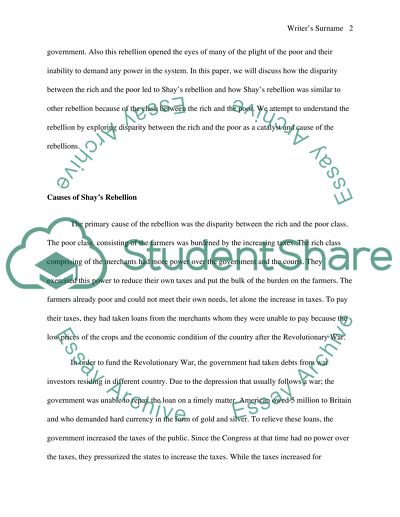Cite this document
(“Post Revolutionary War Rebellions in America Research Paper”, n.d.)
Retrieved from https://studentshare.org/history/1428562-post-revolutionary-war-rebellions-in-america
Retrieved from https://studentshare.org/history/1428562-post-revolutionary-war-rebellions-in-america
(Post Revolutionary War Rebellions in America Research Paper)
https://studentshare.org/history/1428562-post-revolutionary-war-rebellions-in-america.
https://studentshare.org/history/1428562-post-revolutionary-war-rebellions-in-america.
“Post Revolutionary War Rebellions in America Research Paper”, n.d. https://studentshare.org/history/1428562-post-revolutionary-war-rebellions-in-america.


